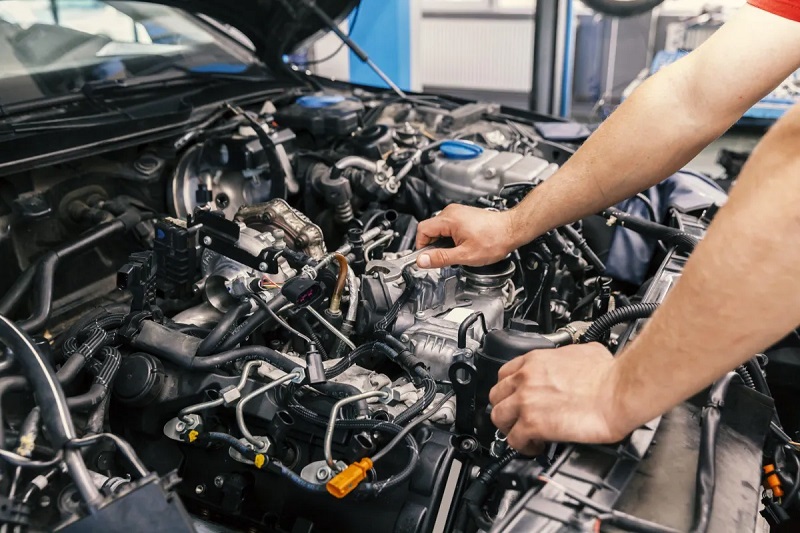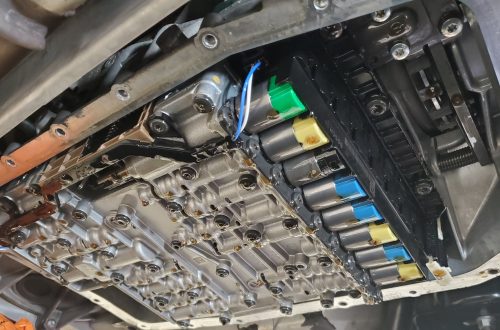As a vehicle ages, the wiring harness, which is responsible for transmitting electrical signals throughout the vehicle, starts to show signs of wear. One of the most common issues is the degradation of insulation. Over time, the insulation around wires becomes brittle and cracks due to prolonged exposure to heat, moisture, and UV rays. This degradation can cause exposed wires, which increases the risk of short circuits, electrical failures, and even fires. Older vehicles are more prone to such issues as their wiring has been subjected to years of wear and tear.
Corrosion and Oxidation of Connections
Another major concern with aging wiring harnesses is the development of corrosion and oxidation at the connections. The metal terminals in the connectors can corrode when exposed to moisture, salt, or humidity over time, especially in regions with harsh weather conditions. This corrosion creates resistance, which can lead to poor electrical contact, intermittent issues, or total electrical failure in some cases. The corrosion process is gradual, making it difficult to detect until a critical component malfunctions, impacting vehicle reliability and performance. Make a perfect selection of the Auto Repair in Clackamas, OR based services here.
Reduced Flexibility and Wiring Fatigue
As a vehicle ages, the wiring harness becomes less flexible. Constant movement of the vehicle, including vibrations from the engine and road surfaces, can cause the wiring to stretch, crack, or even fray. This reduced flexibility can make the wiring harness more prone to breakage or wear, especially in high-traffic areas like under the hood or near moving parts. The constant flexing can also cause wires to lose their connection to vital sensors or components, leading to issues such as dashboard warning lights, malfunctioning electronics, or a failure to start.
Increased Risk of Shorts and Interference
The older a vehicle becomes, the more likely it is that wiring harnesses will experience shorts or electrical interference. As the wiring ages and becomes more vulnerable, the likelihood of electrical faults increases. Shorts can occur when wires are exposed, corroded, or lose their insulation, while electrical interference can disrupt the functioning of sensitive systems, such as airbags, anti-lock braking systems (ABS), and infotainment systems. These faults are not only frustrating but can also compromise vehicle safety and performance, making timely maintenance crucial.
The Importance of Regular Inspections and Maintenance
To maintain the health of a vehicle’s wiring harness, regular inspections are vital, especially for older vehicles. Mechanics can identify signs of wear and address issues before they escalate into larger problems. Routine maintenance, such as cleaning and replacing corroded connectors, inspecting insulation, and ensuring proper wire routing, can extend the life of the wiring harness and prevent electrical failures. For older cars, proactive care can help maintain electrical reliability and prevent costly repairs down the road.
In conclusion, as vehicles age, their wiring harnesses face increased wear due to factors like insulation breakdown, corrosion, and fatigue. These issues can disrupt vehicle performance and safety, but regular inspections and maintenance can significantly prolong the life of the wiring harness, ensuring reliable and safe operation.






